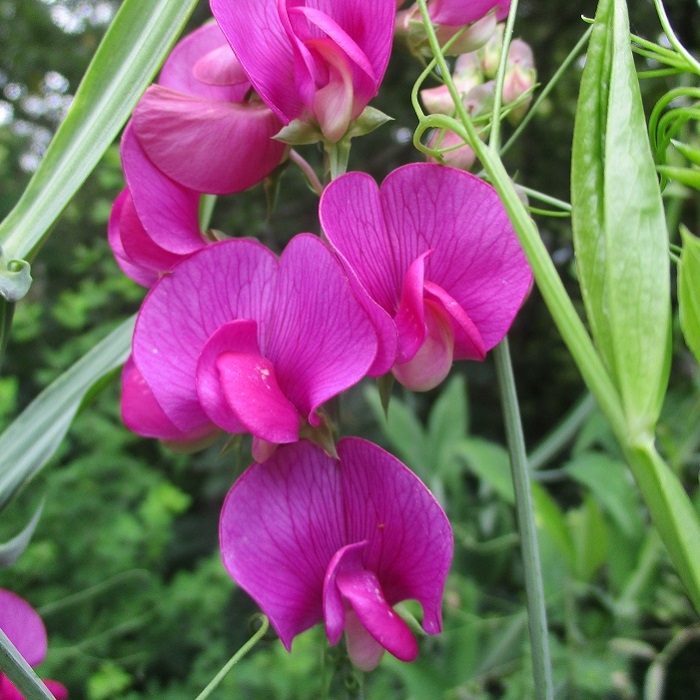UNITED STATES—Weeds are weeds because they grow where they are not wanted. They might be desirable plants in the wild within their native ranges, or beyond their native ranges where they are useful, but for one reason or another, are undesirable in other situations. In fact, many of the most invasive exotic (non-native) weeds were imported because they were useful for something, and then escaped.
Many invasive exotic weeds that were not imported intentionally by humans likely stowed away intentionally by their own means. Some produce edible fruits that contain their seed so that animals who eat the fruit transport and disperse the seed. When animals such as cattle, swine, sheep, horses and chickens are imported, they can bring such seeds with them, and have already done so.
Not all plants have such mutually beneficial relationships with the animal vectors who transport their seed for them. Rather than expend resources on fruit to appeal to, and reward the animals who eat it, they produce seed structures that cling to animals. Most get tangled in the hair of mammals. Some get wedged into cloven hooves. A few are just sticky enough to stick to the feet of birds.
It is sneaky and exploitative, but effective. Most of these sorts of seed structures stick to the fur only for short distances before falling to the ground, where they really want to be. Some types cling for longer distances, in order to take advantages of larger migratory mammals. Dispersion is their objective. Even though they provide no benefit to their vectors, they do not intend to harm them.
However, they sometimes do. Sharply pointed seed structures that are designed to slip smoothly into fur, but not come out easily, can get into eyes, noses, ears and throats of innocent animals. Foxtails are the most dangerous, and sometimes need to be removed by a veterinarian. Burclovers get tangled in soft fur, and sometimes do so in very uncomfortable clusters.
Domestic dogs and cats are more susceptible to the dangers of weed seeds than wild animals are, because their fur is longer, shaggier, and maybe curlier.
Highlight: perennial pea
Whether it is grown intentionally, or considered to be a common roadside weed, there is no denying that perennial pea, Lathyrus latifolius, knows how to brighten some of the wilder parts of the garden with brilliant purplish pink bloom. Some garden varieties bloom either pale pink or white, just like a few random feral plants do. Bloom resembles that of sweet pea, but without fragrance.
By their second year, the potentially six foot long vines might be a bit too rampant for more refined situations. They happen to work nicely to climb over wood piles and otherwise unsightly chain link fences though, even if only temporarily until they die back to their fat subterranean taproots by the end of summer. They will be gone before the firewood they conceal becomes useful again.
New bluish green growth regenerates vigorously at the end of winter, but does not bloom until early summer. The compound leaves are comprised of only a single pair of narrowly oblong leaflets with a branched tendril in between. Each leaflet is about two inches long and less than half as wide. Stems and petioles are winged. Once established, perennial pea can be difficult to eradicate.
Horticulturist Tony Tomeo can be contacted at tonytomeo.com.






